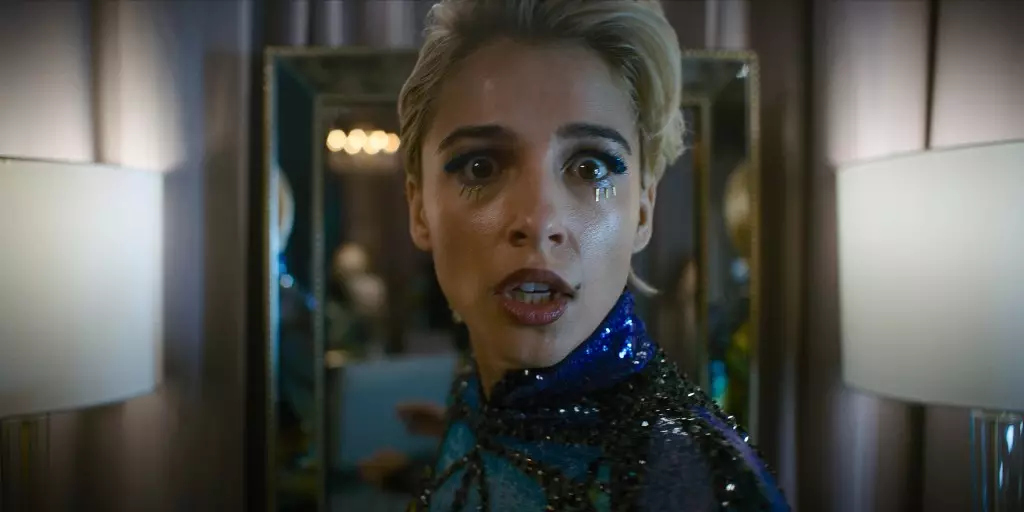This weekend marks the much-anticipated release of “Smile 2,” a sequel produced by Paramount that aims to build on the success of its predecessor, which became a cultural phenomenon in the post-Covid film landscape. While the original “Smile” debuted to a remarkable $22.6 million in its opening weekend and ultimately grossed over $105 million domestically, expectations for “Smile 2” have recently been adjusted. Current presales suggest a projected opening in the high teens, significantly lower than earlier forecasts that hinted at earnings upwards of $20 million.
The Original’s Success Story
The original “Smile” stands as a case study in effective market timing and strategic film release. Unlike Disney’s “Hocus Pocus 2,” which was confined to a direct-to-streaming launch despite promising testing results, Paramount successfully maneuvered the first “Smile” into theaters after significant screening feedback suggested a strong audience interest. This shift heralded a new strategy for major studios, demonstrating that with calculated risks, theatrical releases could thrive even amid a tumultuous film industry spurred by the pandemic.
The narrative of “Smile” centers around Dr. Rose Cotter, who grapples with the horrifying aftermath of a traumatic event, a plot that resonated deeply with audiences due to its unsettling blend of psychological horror and mystery. “Smile 2” shifts the focus to a pop star, played by Naomi Scott, who confronts terrifying experiences intertwined with the pressures of celebrity. This change in perspective aims to encapsulate universal themes of fear and anxiety that permeate contemporary culture, especially in the context of fame.
Anticipated Challenges for the Sequel
Despite the promising legacy of its predecessor, “Smile 2” faces distinct challenges. Initial buzz and tracking metrics indicate a softer reception upon release. The horror genre’s competition has been progressively intensifying, with other films like “Terrifier 3” proving to captivate audiences in recent weeks. Additionally, the market dynamics have altered significantly since the first film’s release, with a wider array of horror films vying for attention on streaming platforms and theatrical screens alike.
Critics have responded favorably to “Smile 2,” with an 86% approval rating from 36 reviews; however, the original’s higher critic scores of 80% and a B- CinemaScore indicate that there may be differing audience expectations this time around. The absence of IMAX screens, reserved for Warner Bros’ underperforming “Joker: Folie à Deux,” further limits the sequel’s exposure and potential earnings.
As “Smile 2” opens this weekend, it stands as a litmus test for the ability of sequels to recapture the magic of their original films in a saturated and ever-evolving cinematic landscape. The fluctuating expectations amidst competing audiences and horror releases reflect broader trends in film consumption today. With a keen eye on the box office figures and audience reactions, industry insiders will scrutinize how “Smile 2” paces itself against both its illustrious predecessor and the crowded horror genre. Whether it can sustain momentum and carve its niche in Hollywood remains to be seen, but it certainly adds an intriguing chapter to the narrative of modern horror cinema.
